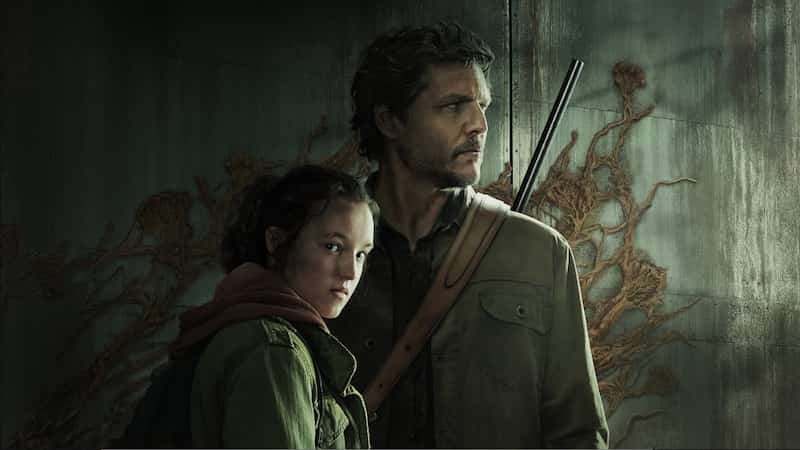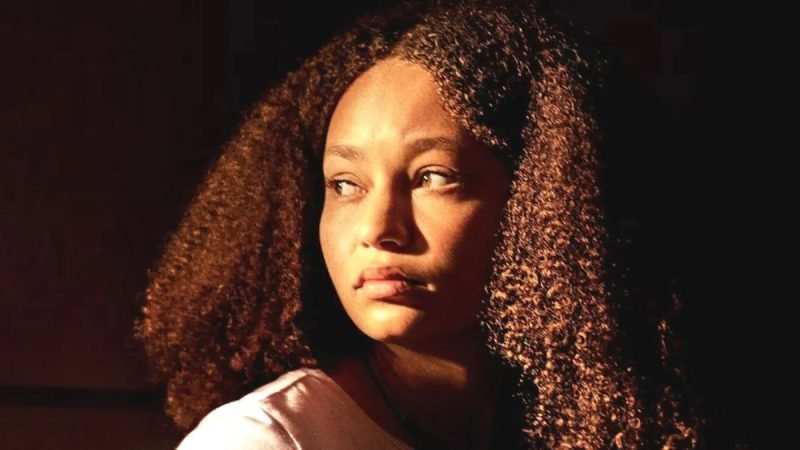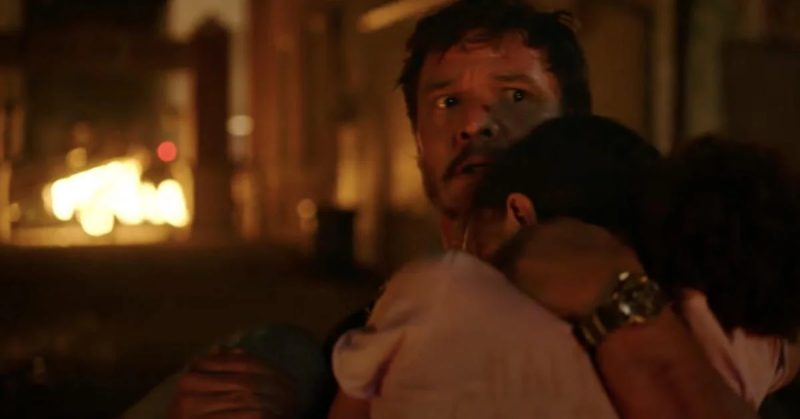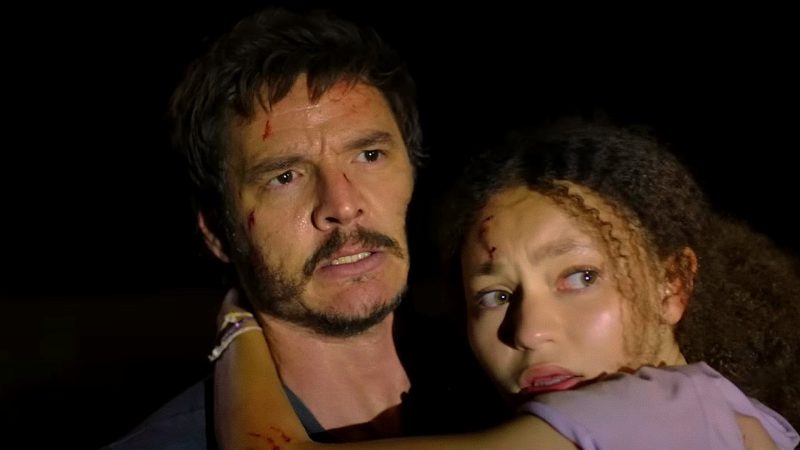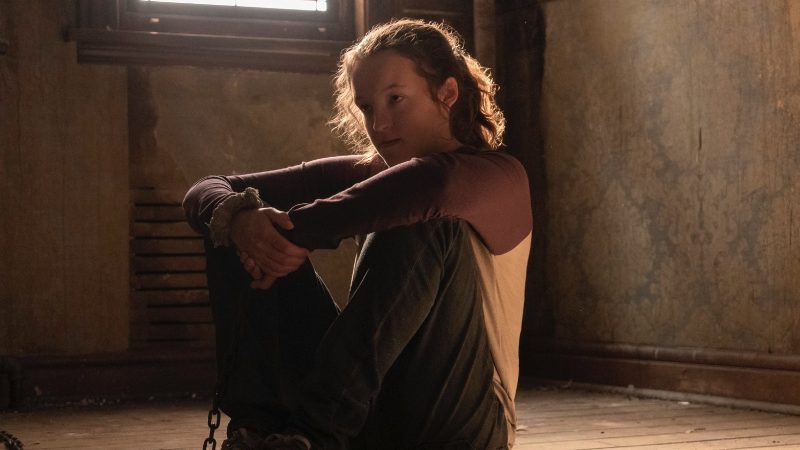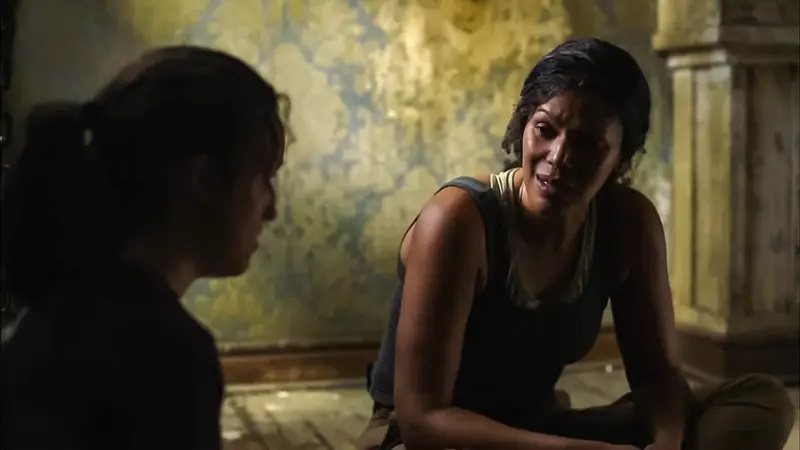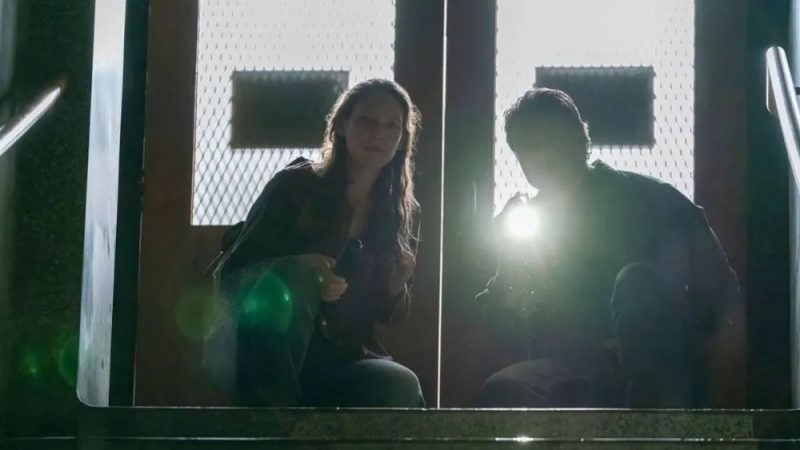HBO’s The Last Of Us: Season One, Episode One Review – The Sunday many players and non-players have been cautiously looking forward to has come and gone, and we’ve now all had a chance to see the first episode of HBO’s The Last Of Us.
This nine episode season is the second major project we’ve seen delivered from PlayStation Productions in this new investment Sony has made in bringing its gaming IP to other mediums.
The first episode, titled “When You’re Lost In The Darkness” sets up our world, and takes us all the way up to Joel, Tess and Ellie’s daring escape from the Boston QZ and the surrounding FEDRA forces.
I’ll be reviewing each episode and seeing them for the first time along with the rest of the world as they come. Beginning with episode one – and what a first episode it was.
Also, spoilers for the first episode to follow.
HBO’s The Last Of Us: Season One, Episode One Review – When You’re Lost In The Darkness, Look To The Light
September 26th, 2003
The episode begins with a scene in 1968, where two doctors and a television host are discussing the potential of a global pandemic, and whether or not viewers at home truly have something to be concerned about.
One doctor goes on to describe the exact scenario that results in the world as we know it ending in 2003, and we jump ahead to Sarah and Joel on the morning of September 26th, 2003.
That opening scene, and the events of the day before everything happens that fateful evening, are the first examples of the show taking advantage of the new medium, and telling more contextual stories around the main characters, sometimes absent of them, in order to provide the audience with a greater sense of the world.
A later example of this is our first example of the cruelty Joel survives each day in the Boston QZ, involving a child, but that’s jumping ahead.
Before we get there, our first look at Pedro Pascal’s Joel and Gabriel Luna’s Tommy immediately shows how well both were cast. The same goes for Nico Parker as Joel’s daughter Sarah.
Excellent casting already looks to be a theme for the show, as the same can be said even for Anna Torv’s Tess and Merle Dandrige’s Marlene, who we meet later in the episode.
Beyond the performances, once the world does start to end, Craig Mazin really begins to flex his tension-building muscles as the events begin to barrel towards Sarah’s death.
How Mazin hinted at the issue building, slowly throughout Sarah’s school day with things like passing sirens and emergency vehicles. A news report on the radio in the morning, regarding an outbreak outside of the US.
And the creepiest, most direct sign, being the soon-to-turn elderly Adler neighbour looking like they could jump out of their wheelchair as Sarah looked for a movie to borrow for her Dad’s birthday.
It all worked extremely well, and was another concrete example of what Mazin and Neil Druckmann were saying prior to the show’s release, that all changes would be made thoughtfully, and with the purpose of enhancing the events, rather than removing anything from them.
As far as the first episode goes, that seems to be the driving-intention behind each choice made, particularly when the show chooses to imitate the game directly, either with dialogue or point of view.
It works to great effect when Joel, Tommy and Sarah are trying to find a way to drive out of Austin, before getting into a car crash. This is also where we see another change, one that perhaps works much better than in the game, as the way Joel, Tommy and Sarah crash is much more intense in the show.
When we finally do get to the pivotal scene of Sarah’s death, I was happy to have shed a few tears by the end of it. I’d say Craig Mazin did well to not try and fix what wasn’t broken, as the scene plays out almost exactly like the game.
I’d even argue it has more emotional weight after having seen a little more about Sarah, and who she was before her death broke something in her father that never healed.
Ellie
When we jump ahead 20 years and catch up with Joel and Tess in the Boston QZ, the most startling thing is that somehow, the military rule everyone lives under feels even crueler than it does in the game.
It’s always clear in the game that things weren’t great, but the actual visual of burning bodies, and the rest of the quarantine zone paint a much more grim picture. A lot of that also comes from the scene I mentioned earlier with a young kid, who collapses outside the QZ, and is killed, after testing positive for the infection.
All of that helps to establish the freedom fighters known as the Fireflies, where we finally see Bella Ramsey’s Ellie in full swing. Ramsey excellently captures Ellie, a smart-mouthed, angry, and generally closed-off teenager who’s always got their guard up. At least that’s how she is as the beginning of the story.
Watching her change and become more personable with Joel as the show goes on will be interesting to see, particularly with regard to how it’s paced, and what it takes for Ellie and Joel to start getting along.
It’ll also be interesting to learn what it is specifically that Marlene tells her, before she’s passed on to Tess and Joel to be smuggled out of Boston.
Perhaps it might play a larger role later on, and be an added layer to Ellie’s character regarding her wanting to help the Fireflies find a cure.
As an introduction to our main characters however, Pascal and Ramsey really do feel like the game come to life, as so far they’ve seemed to capture the spirit of these characters we’ve come to know and love since 2013.
There’s So Much More To Come
To say that the genre of video-game to tv show or film adaptations had been “lost in the darkness” isn’t exactly wrong. Especially when you focus that lens to only look at live-action adaptations.
Without that, then yes, animated adaptations the likes of Castlevania, Arcane and Cyberpunk Edgerunners have proven that the ‘curse’ of video-game to film or tv adaptations is dead. The Last Of Us however is the first to do the same for live-action adaptations, achieving a quality bar higher than any who’ve come before.
Yes, there’s still so much more that we need to see. Eight more episodes, eight more chances for the show to falter, be superfluous or make a change that for whatever reason cheapens a part of the story.
The chances of that happening however, based on what we’ve seen in the first 81 minutes of this new adaptation, seem slim to none, and slim just left town on account of the world-ending infection.
You can check out the first episode of HBO’s The Last Of Us wherever it is streaming in your region, now.
